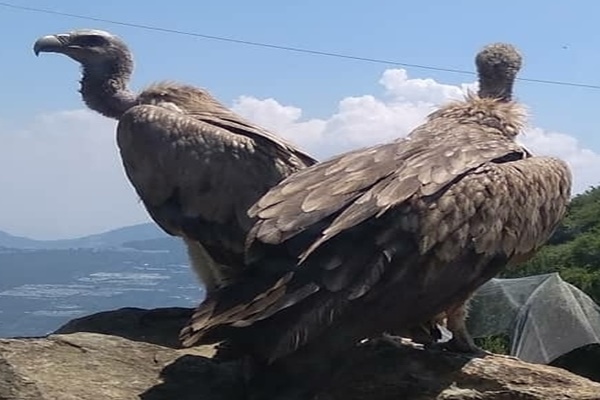Efforts to conserve vultures in Nepal have fructified, with the number of vultures in Pokhara and surrounding areas surging by 22 percent, according to the latest vulture census of Nepal. In Sudurpaschim province, 147 nests of rare vultures, including white-rumped vultures and slender-billed vultures, were sighted. This indicates the recovery of the endangered vulture population in Nepal. The vulture conservation action plan, the opening of various vulture restaurants, and the combined effort at national and local levels have helped the vulture population increase recently.
The number of vultures across Nepal declined from 1.6 million in the 1990s to less than 20 thousand today. There are 23 vulture species globally, out of which eight species of vultures are found in Nepal; of them, four are critically endangered. Long-billed, white-rumped, and slender-billed vultures are critically endangered species in Nepal. The opening of Jatayu vulture restaurants in Nawalparasi played a key role in vulture conservation in the region, as vultures had easy access to safe carcasses of dead cattle.
Likewise, Bird Conservation Nepal has set up seven more such feeding centres in the Rupandehi, Dang, Kailai, Kaski, and Sunsari districts. Diclofenac drug administered to livestock was one of the major causes of the declining vulture population in South Asian countries, including Nepal. Nepal banned the production and use of diclofenac in 2006. Nepal has declared 76 districts as diclofenac-free zones for animal treatment. Meloxicam was prescribed as a safer alternative to Diclofenac. Deforestation, industrial pollution, and depletion of water bodies are other factors endangering the vulture population.


